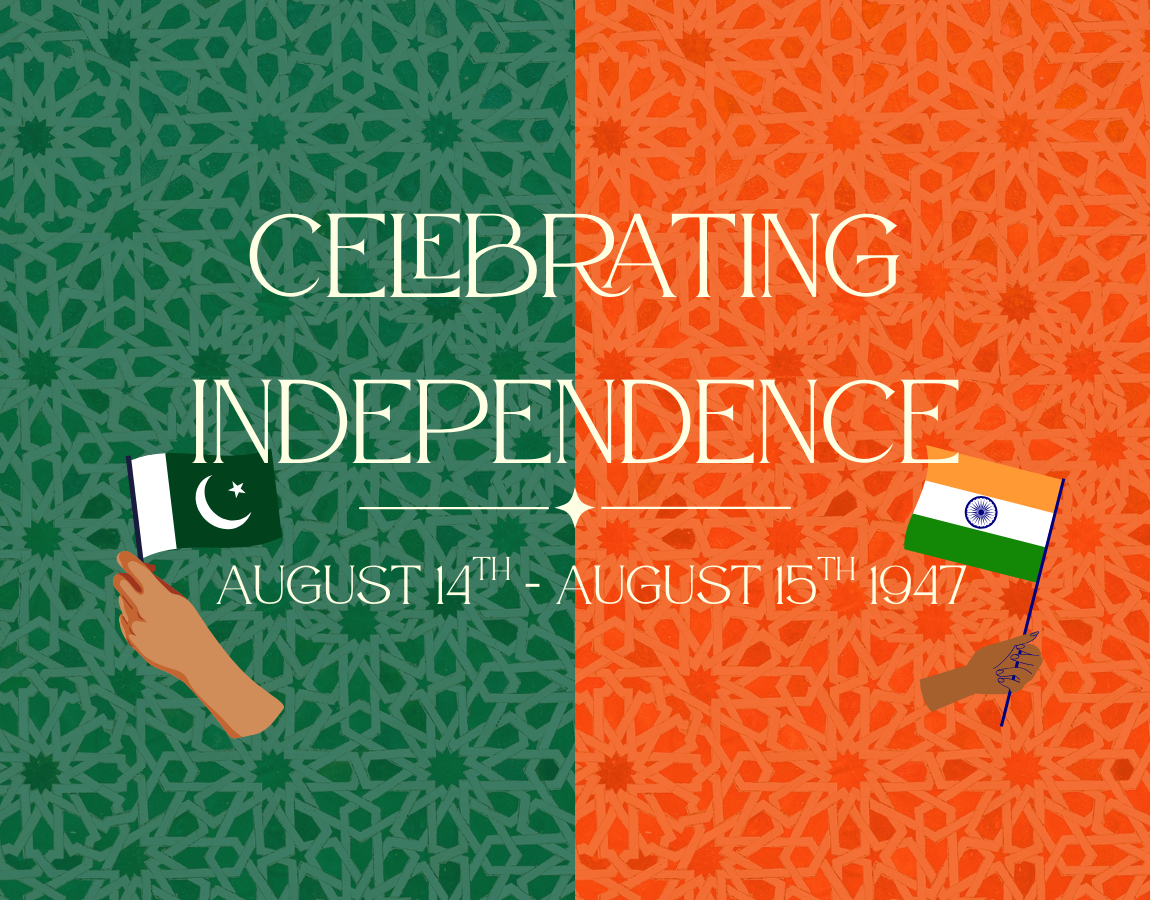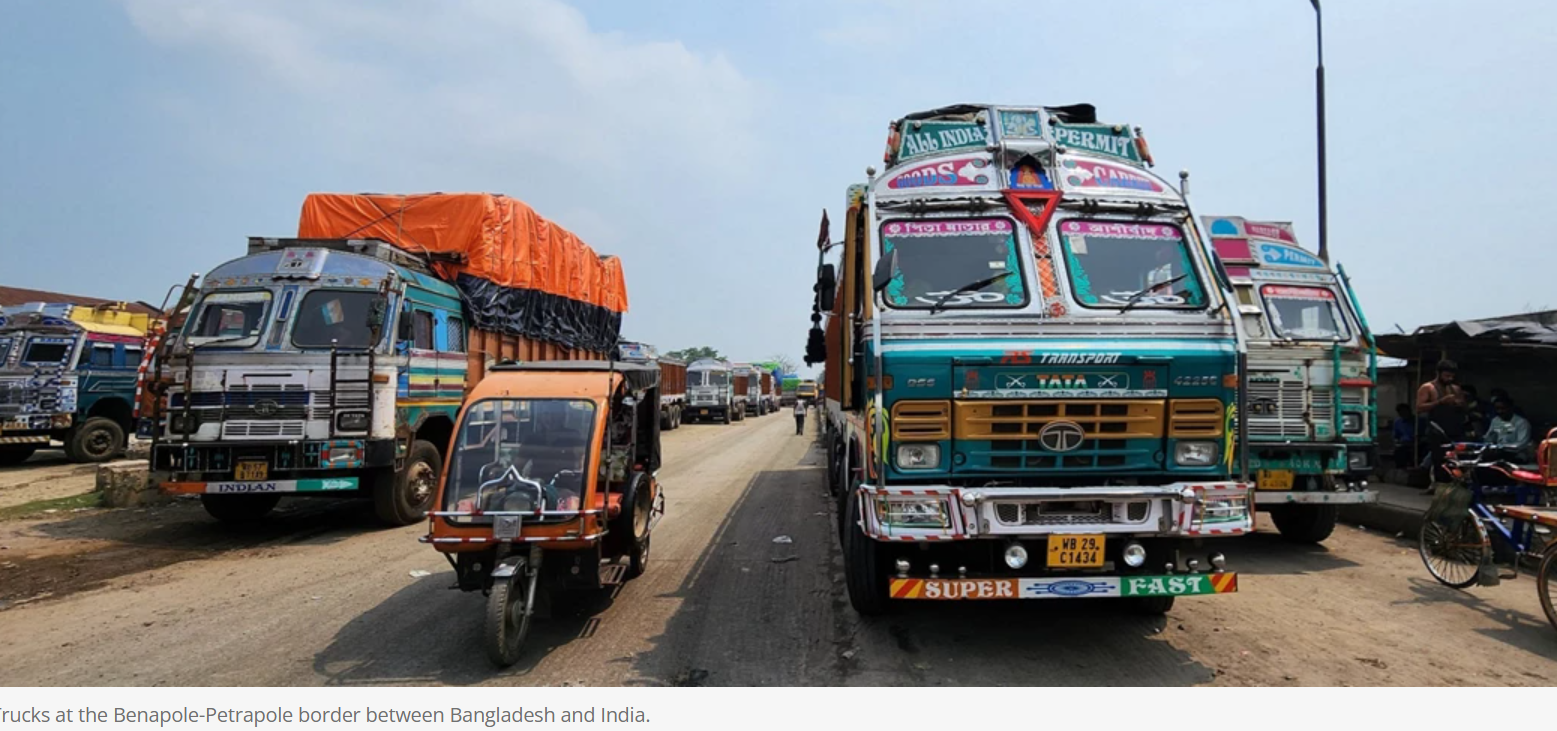August Belongs to All of Us: Rethinking Independence in South Asia
Editor’s Note:
In Hindu tradition, a Sathabhishekam marks the rare milestone of witnessing one thousand full moons, often reached around one’s eightieth year. It is a moment for reflection, renewal, and the passing of hard-earned wisdom to the next generation. This article draws on that symbolism to frame South Asia’s coming Sathabhishekam year—the 80th anniversary of independence from colonial rule in 2026—as an opportunity to move beyond the inherited divisions of Partition. As we mark the 79th anniversary in 2025, the “thousandth moon” becomes both a metaphor and a challenge: how can we step into the next century of freedom with a legacy of peace, reconciliation, and shared prosperity rather than conflict?
The moon has been our quiet witness. It has looked down on the joy of independence parades and the grief of partition trains, on leaders shaking hands and armies facing off, on the ordinary lives that go on between the headlines. Next year, South Asia will mark eighty years since the end of colonial rule—nearly a thousand full moons since that first dawn of independence. Each lunar cycle has been another chance to turn toward one another, and each time, too often, we have turned away. As we approach this Sathabhishekam year, the thousandth moon rises on a question: what kind of legacy will we choose for the next thousand?
At the stroke of midnight on August 15, 1947, Lord Mountbatten handed over power not to one nation, but to two. The same freedom struggle that had united Hindus, Muslims, Sikhs, and others against British rule suddenly fractured along religious lines, creating India and Pakistan in a partition that would define South Asian geopolitics for generations.
The irony runs deeper when you examine the historical record. The same independence from the same colonial power is celebrated on consecutive days—August 14th and 15th—as if they were separate victories rather than a shared triumph over 200 years of British dominance.
What the history books often obscure is how recent this division truly is. Until 1947, the regions now called India and Pakistan shared millennia of common culture, trade, and civilization. The Mughal Empire, the Maratha confederacy, the Sikh Empire—all governed territories that spanned both sides of today's borders. The Ganges and Indus river systems that nourished these civilizations didn't recognize the artificial lines drawn by Cyril Radcliffe in just five weeks.
Yet seventy-seven years later, we treat this historical blip as permanent reality. The human cost of maintaining this division—fifteen million displaced during partition, up to one million killed, and countless resources diverted from development to defense—demands we ask: does perpetual conflict honor those who sacrificed for freedom, or perpetuate the very divisions they sought to overcome?
At HfHR, no matter what our personal relationship to Hinduism is we are regularly tasked with figuring out the progressive Hindu case for …. Well in this case …reconciliation
Hindu philosophy offers a different path through the concept of lokasangraha, the universal common good. When I examine current India-Pakistan relations through this lens, the waste becomes even more apparent.
Dharmic traditions teach us about satya (truth) and nyaya (justice). The truth is that continued conflict serves neither nation's people. The justice lies in acknowledging shared heritage while building shared prosperity.
This perspective challenges the Hindu nationalist narrative that positions eternal enmity as somehow dharmic. It's not. Perpetual warfare contradicts the fundamental Hindu principle of seeing the divine in all beings, including those across artificially drawn borders.
History offers powerful examples of Hindu leaders who understood this principle. Mahatma Gandhi, deeply rooted in Hindu philosophy, opposed partition until his final breath, arguing that religious division contradicted the very essence of dharmic unity. His concept of sarva dharma sambhava—equal respect for all faiths—directly challenges today's nationalist narrative that frames Pakistan as an eternal enemy.
Even more telling is the position of Hindu reformers like Ram Mohan Roy and later leaders like Maulana Abul Kalam Azad (himself a practicing Muslim who remained committed to secular India). They understood that the subcontinent's strength lay in its diversity, not its division. The Vedantic principle of "Ekam sat vipra bahudha vadanti"—truth is one, the wise call it by many names—was never meant to apply only within artificially drawn borders.
The South Asian diaspora carries a unique and layered historical responsibility. We are the children and grandchildren and great and great great grandchildren of those who lived through Partition, inheritors of memories from a time when Lahore and Delhi were part of the same country, when families moved freely without the need for visas, checkpoints, or border walls. This legacy is not abstract—it is written into the geography of our identities. In cities across North America, Europe, and Australia, we live out daily what political leaders once deemed impossible. Pakistani and Indian restaurants share the same blocks, our children sit side by side in classrooms, our professionals collaborate in offices and laboratories. In these everyday encounters, we embody a kind of reconciliation that, for decades, seemed only a dream.
This ability to coexist is not new. Long before independence, South Asians abroad—merchants, workers, students, and exiles—were already laying the groundwork for liberation. In the early twentieth century, the Ghadar Party’s exiled revolutionaries in North America printed fiery newspapers and smuggled them into India, urging armed revolt. In London, Dadabhai Naoroji took a seat in the British Parliament, becoming a voice for Indian self-rule in the very heart of the empire. Gandhi, hardened by his struggle against racism in South Africa, returned to India in 1915 with a sharpened vision of mass nonviolent resistance. Across Europe and Southeast Asia, the networks of Subhas Chandra Bose drew on diaspora support to fund and organize the Indian National Army, whose defiance helped erode the loyalty of colonial troops in the final years of British rule. From small meeting halls in Vancouver to student circles in Berlin and protest rallies in Johannesburg, the diaspora’s activism rippled across oceans, threading together a global campaign for Indian freedom.
Independence, when it came in 1947, carried with it the searing wound of Partition. Between twelve and twenty million people were displaced; perhaps two million died in the violence. These events reverberated far beyond the subcontinent. For those already abroad—in Kenya, South Africa, Fiji, Mauritius—the new political map forced a reckoning with identity. Was India still home? Or had the realities of a new life, in lands where they were themselves minorities, created a more complicated allegiance? Diaspora communities became living archives of the world that had been lost and, at times, of the futures still possible.
Today, when we gather to mark the August anniversaries of independence, we inherit not only the pride of freedom but also the responsibility to tell the whole story. We can choose to remember that our independence movements were global in scope, that their victories were forged not just in the streets of Bombay and Calcutta, but also in the print shops of San Francisco, the debating halls of London, and the organizing rooms of Durban. And we can remember, too, that the divisions which led to Partition were manufactured, stoked, and hardened—just as divisions are manufactured now. In that memory lies a moral authority: we, who already live alongside one another in peace, can reject the inevitability of conflict. We can honor our independence days not only by celebrating what was won, but by embracing the harder task—repairing what was broken, and making real the promise of a shared future.
The cost of historical amnesia is high — and quantifiable. Recent military escalations between India and Pakistan cost both nations one billion dollars per hour. In four days of manufactured crisis, enough resources were wasted to fund thousands of schools or hospitals.
But the deeper cost is historical. Seventy-seven years of treating a temporary political division as permanent civilizational enmity has impoverished both nations spiritually and economically. Regional cooperation could unlock prosperity that benefits all South Asians, not just political and military elites who profit from division.
The choice facing us in 2025 is the same one that faced our ancestors in 1947: will we choose unity or division, cooperation or conflict, shared prosperity or manufactured hatred? History suggests that those who choose dialogue over demagoguery, economics over enmity, ultimately prevail.
August should remind us not of inherited division, but of shared liberation and its promise – that comes with lots of work
History offers instructive parallels for South Asian reconciliation. Germany and France, after centuries of warfare culminating in two world wars, chose cooperation over continued conflict. The European Union emerged from the ashes of World War II, transforming former enemies into economic partners.
More relevant to our context, consider how Ireland and the United Kingdom—despite centuries of colonialism, partition, and bitter conflict—found paths, imperfect but functional, to peace through dialogue and economic interdependence. The Good Friday Agreement didn't erase history; it chose to build on shared interests rather than inherited grievances.
Even within South Asia, we have examples. The 1999 Lahore Declaration between Prime Ministers Vajpayee and Sharif showed what was possible when leaders chose dialogue over demagoguery. That it was derailed by the Kargil conflict only proves how manufactured crises serve to maintain profitable divisions.
The next time August arrives, we could celebrate shared independence rather than inherited division. We could honor the freedom fighters who wanted liberation, not permanent warfare between their children.
Regional cooperation in South Asia costs 45% less than isolated approaches (take that as the frugal Gujarati argument for it - practical and financially sound) and achieves better results. The economics support what dharma suggests: we're stronger and more prosperous together than apart.
- David Kalal
The views expressed here are the author’s own and reflect their perspective on the events and history discussed.




